
‘Raising Awareness’ by Tammy McGee, after a photograph of a Laysan Albatross chick by Chris Jordan. Faber-Castell Polychromos coloured pencils, 12" x 15" Pastelmat
Artists and Biologists Unite for Nature’s Tammy McGee has this month won Second Place at the Joint Art Center Show of the Greensburg Art Center and the Latrobe Art Center (both based in Westmoreland County, Pennsylvania, USA) for her work ‘Raising Awareness’. She had produced her coloured pencil drawing for ABUN’s Project #43 on the theme of “Plastic Pollution” in support of ACAP’s celebration this year of World Albatross Day on 19 June.
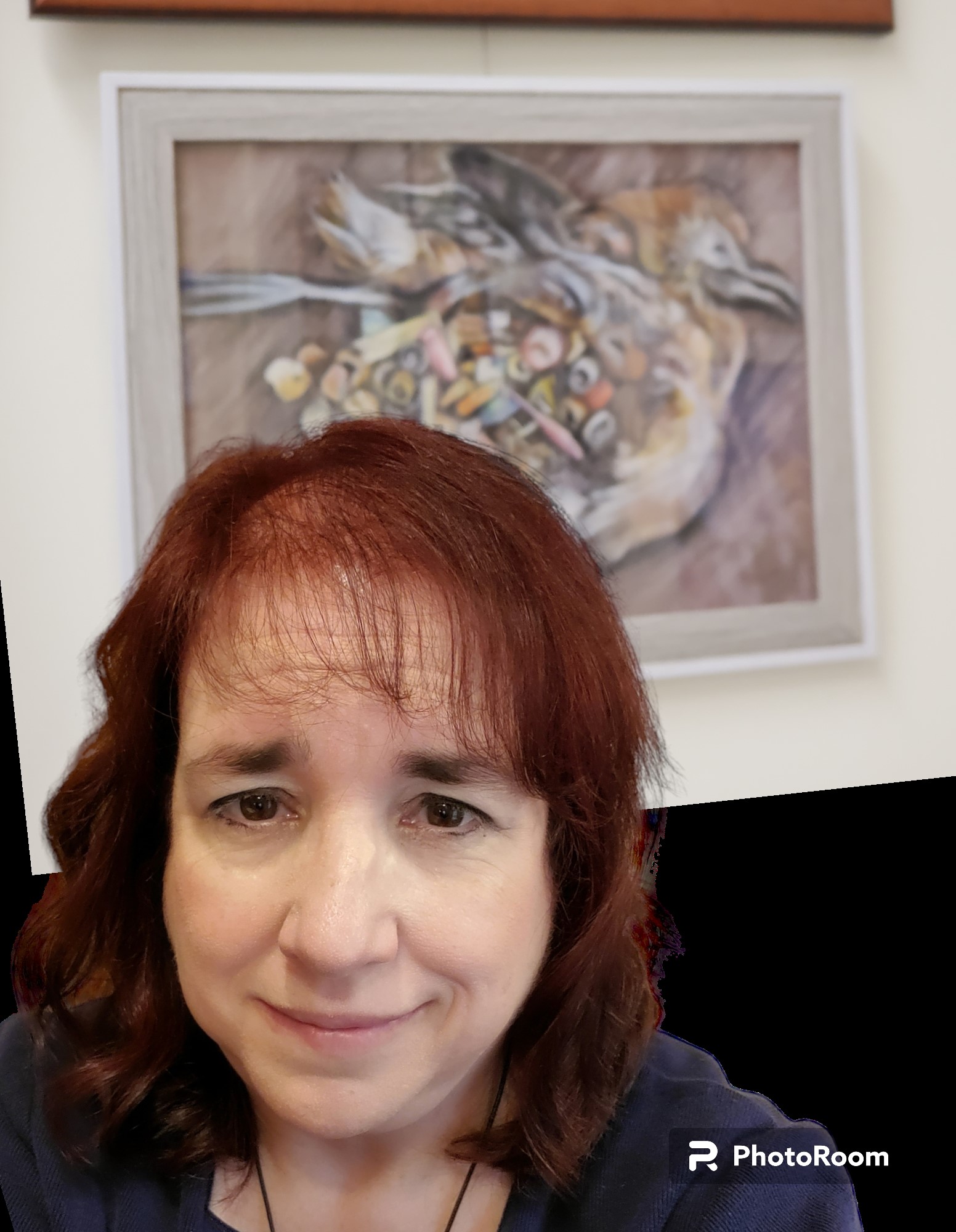
Tammy McGee with her award-winning drawing “Raising Awareness”
Her striking artwork depicts the corpse of a Laysan Albatross Phoebastria immutabilis with plastic bottle tops and other debris spilling out of its decaying body. Her work is based on a photograph taken on Midway Atoll by videographer Chris Jordan who produced the compelling documentary Albatross. The plastic items had been mistaken as food by the chick’s parents foraging from the sea surface and then were regurgitated to their chick. It is likely the heavy plastic load contributed to the chick’s death.
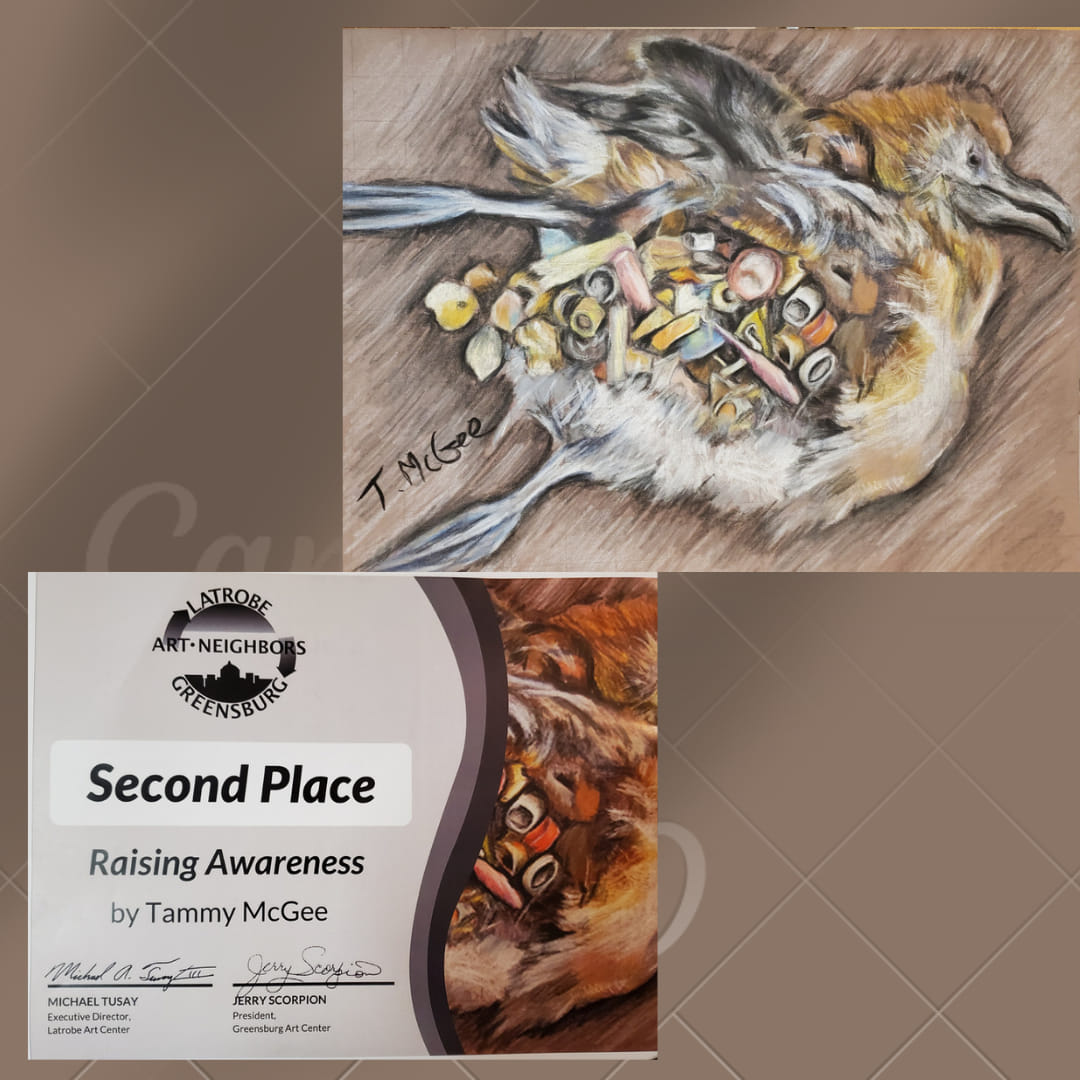

Always intriguing to get a glimpse of a work in progress
Tammy McGee is from Latrobe and holds associate degrees in graphic design and information science. She writes to ACAP Latest News saying “I’ve always enjoyed drawing animals. Recently I started drawing endangered animals and the group [ABUN] actually gave my drawings a way to help raise awareness for endangered animals and it gave my artwork a purpose”.
Tammy has written on her Facebook page about her artwork’s title: “I got to explain where I got the idea from so it really did raise awareness!” Earlier she had commented “I usually draw at the local Barnes and Noble [bookstore] and the ladies who knit there on Mondays always come over and look. I usually draw cute things. Some of them were stunned at what I was drawing so I had to explain why I was drawing this particular bird”.
As well as her prize winner (out of over 170 entries), she also has produced for ACAP’s use a drawing of an Endangered Northern Royal Albatross Diomedea sanfordi resting besides its downy chick, after a photograph taken at Pukekura/Taiaroa Head.

Northern Royal Albatross by Tanmmy McGee, Faber-Castell Polychromos coloured pencils, 12” x 15” Pastelmat
John Cooper, Emeritus Information Officer, Agreement on the Conservation of Albatrosses and Petrels, 09 May 2023

 English
English  Français
Français  Español
Español  A Black-footed Albatross chick sits near a decoy bird on Mexico's Guadalupe Island; photo courtesy of Pacific Rim Conservation. According to the research, active restoration programmes targeting albatrosses, petrels and shearwaters which involve the use of social attraction or a combination of social attraction and translocation are seeing positive outcomes from the interventions.
A Black-footed Albatross chick sits near a decoy bird on Mexico's Guadalupe Island; photo courtesy of Pacific Rim Conservation. According to the research, active restoration programmes targeting albatrosses, petrels and shearwaters which involve the use of social attraction or a combination of social attraction and translocation are seeing positive outcomes from the interventions.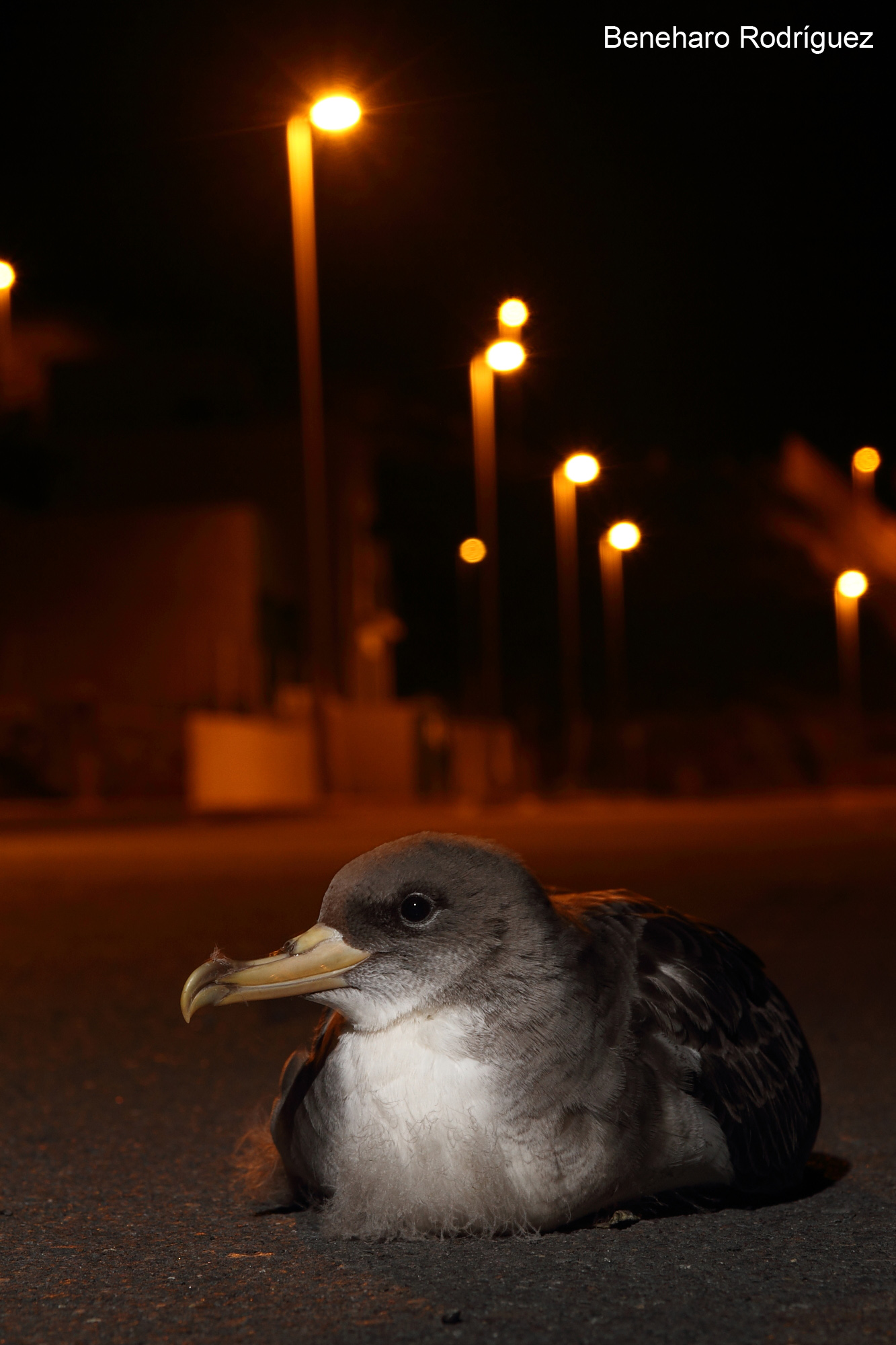 The focus of the study; a Cory's Shearwater grounded by lights; photograph by Beneharo Rodríguez
The focus of the study; a Cory's Shearwater grounded by lights; photograph by Beneharo Rodríguez 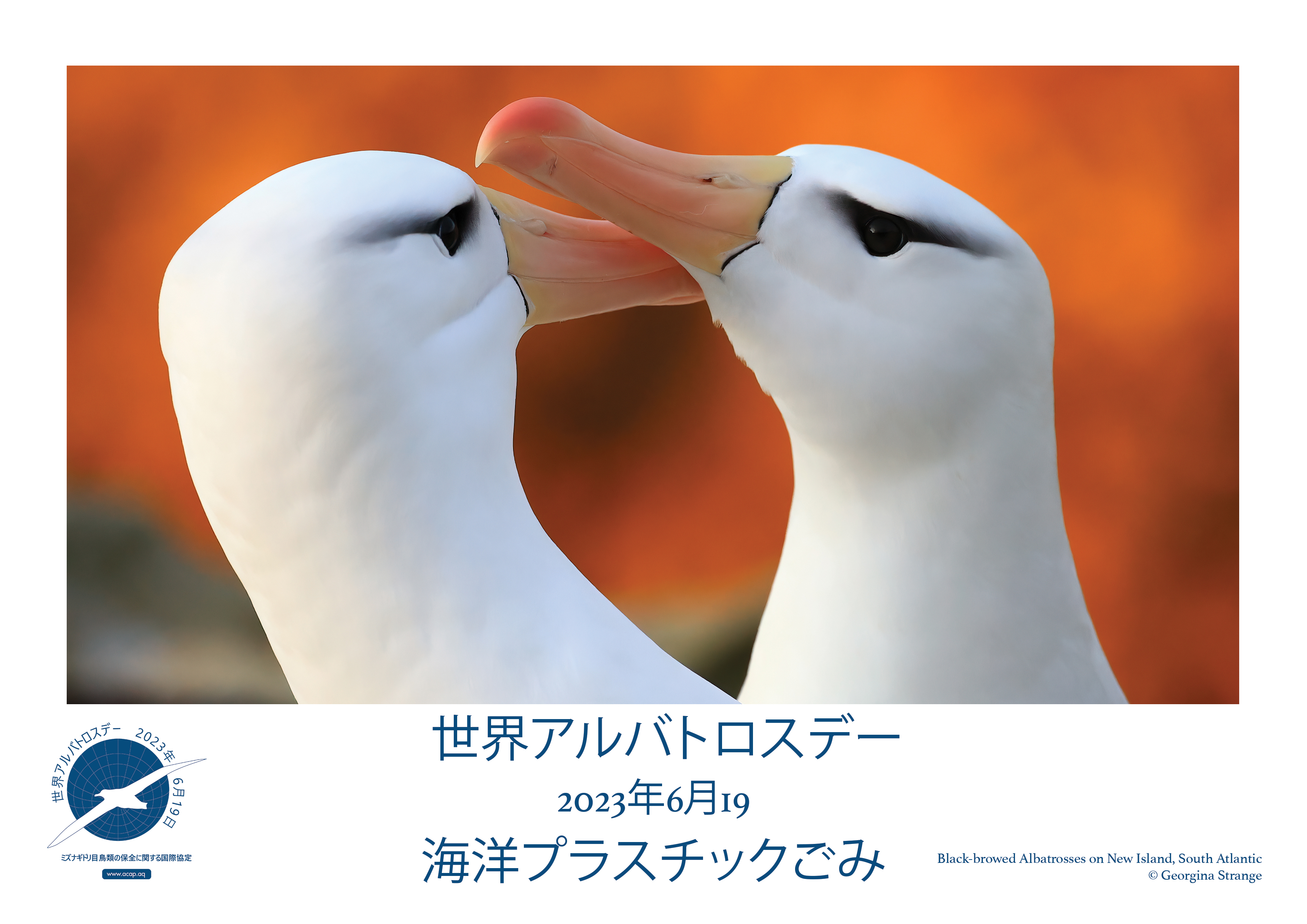
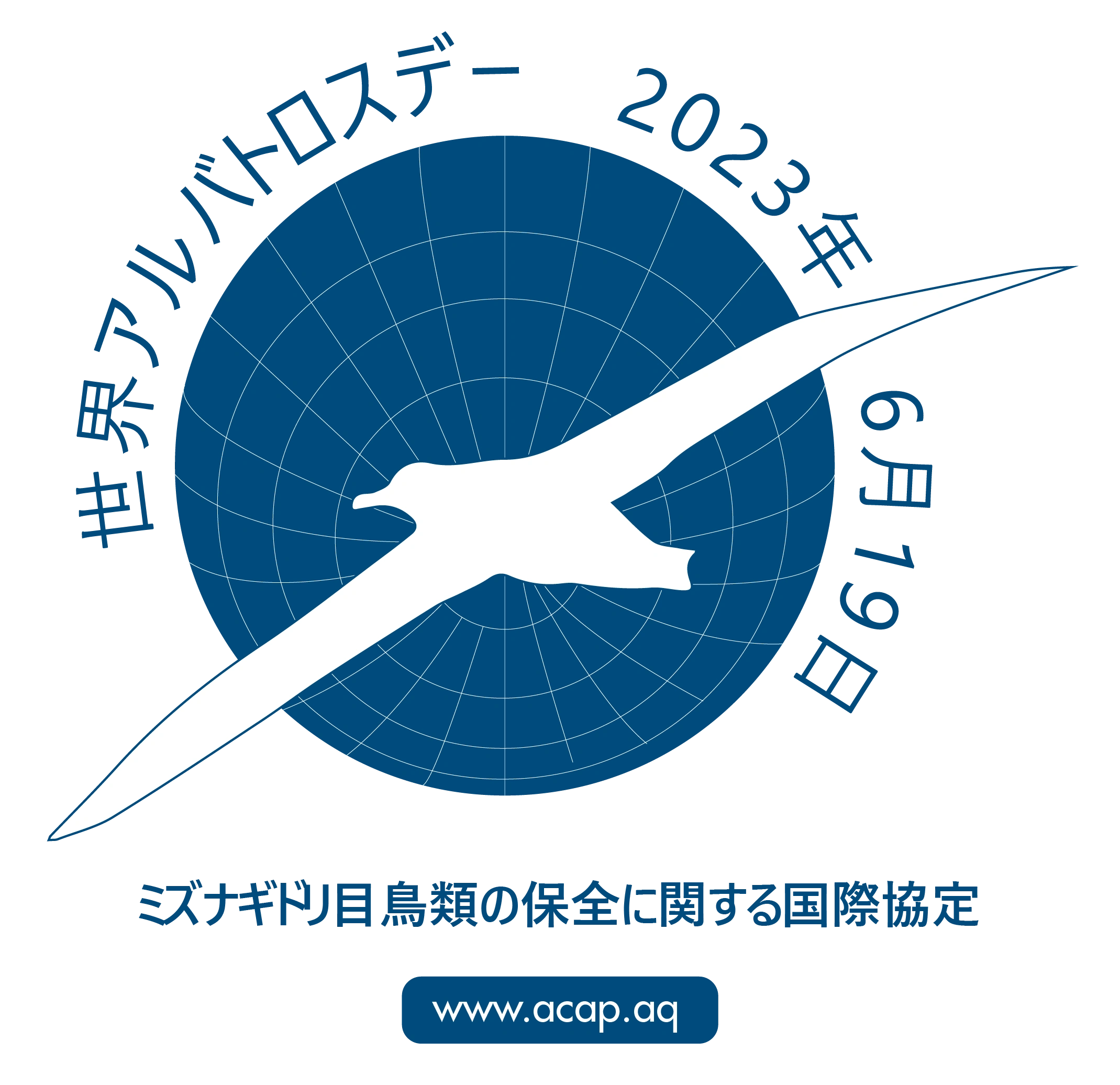

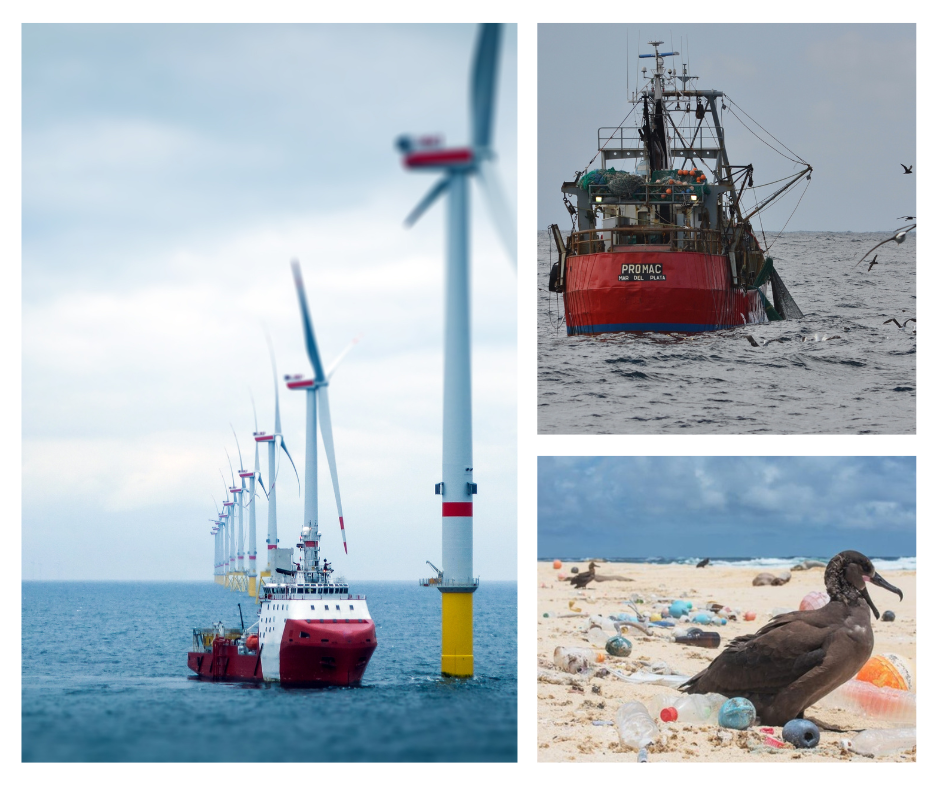 Clockwise from left; offshore windfarm and transfer vessel, by Charlie Chesvick; an Argentinian Side Trawler by Leo Tamini; a Black-footed Albatross amongst plastic debris by Matthew Chauvin, "The Ocean Cleanup". The three photos represent items on the agenda for the suite of ACAP meetings taking place in Edinburgh 14 - 26 May
Clockwise from left; offshore windfarm and transfer vessel, by Charlie Chesvick; an Argentinian Side Trawler by Leo Tamini; a Black-footed Albatross amongst plastic debris by Matthew Chauvin, "The Ocean Cleanup". The three photos represent items on the agenda for the suite of ACAP meetings taking place in Edinburgh 14 - 26 May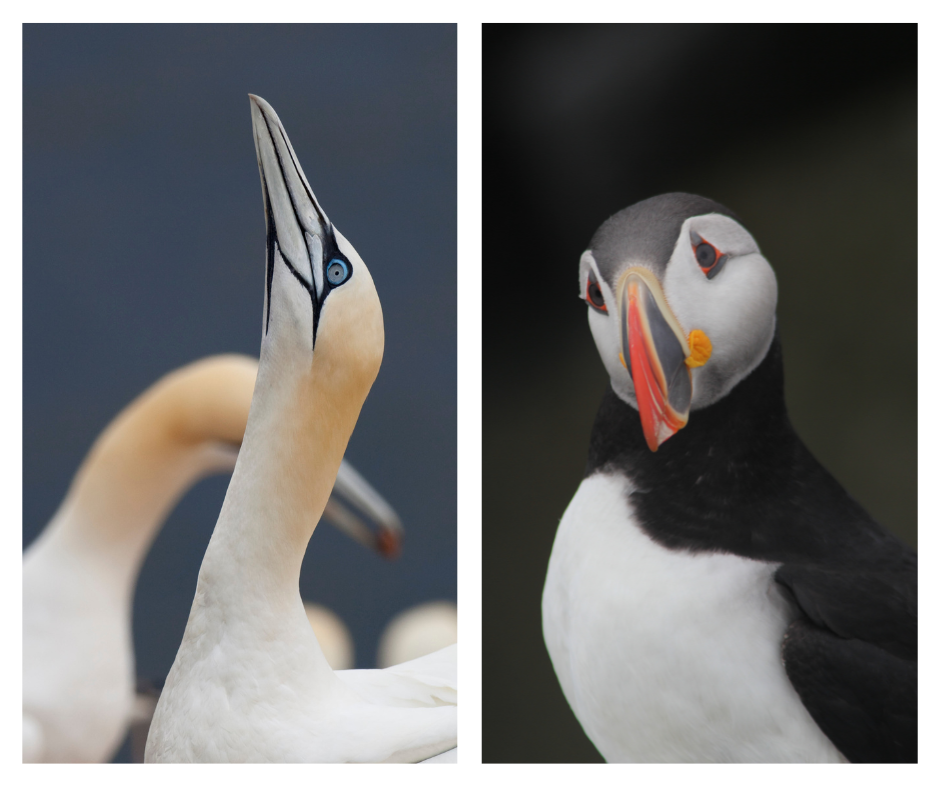 Delegates will have the opportunity to take part in a field trip to the Scottish Seabird Centre which will include a boat trip around the islands of Craigleith and Bass Rock which are home to Northern Gannets and Atlantic Puffins, respectively. From left to right; a Northern Gannet by D_H Photo; an Atlantic Puffin by Arend Trent
Delegates will have the opportunity to take part in a field trip to the Scottish Seabird Centre which will include a boat trip around the islands of Craigleith and Bass Rock which are home to Northern Gannets and Atlantic Puffins, respectively. From left to right; a Northern Gannet by D_H Photo; an Atlantic Puffin by Arend Trent